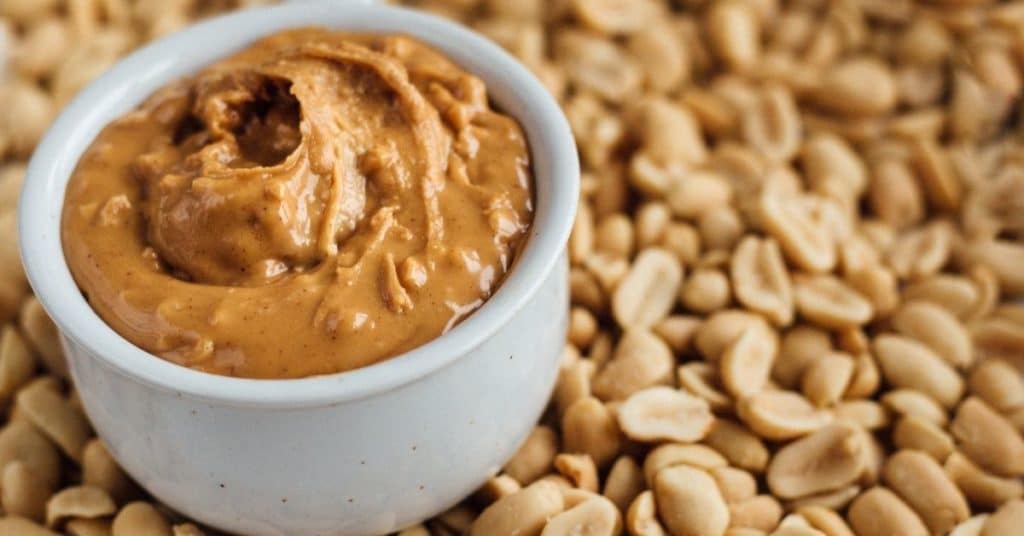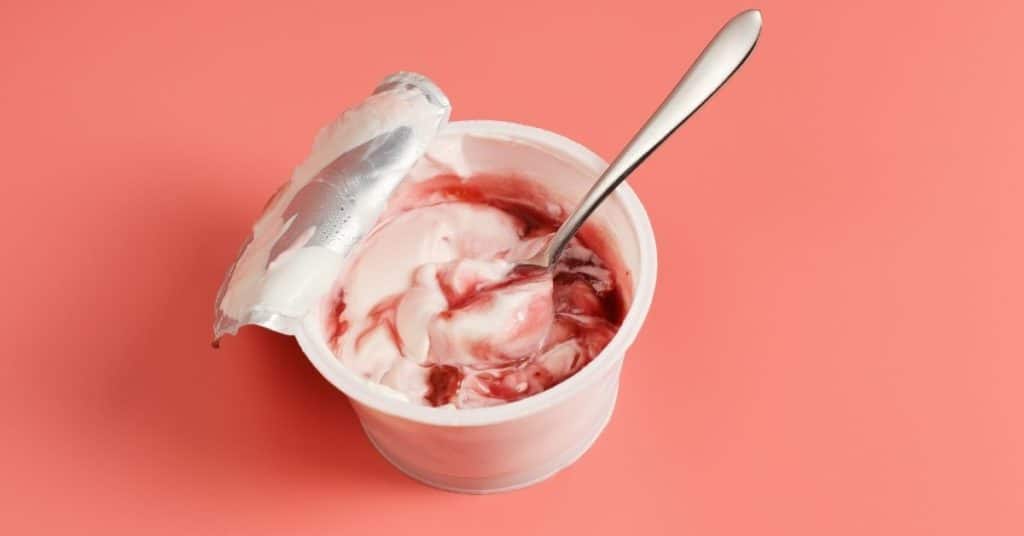How to Read Food Labels for Healthy Eating
Do you actually know what you are eating? One would think that food is a straightforward product. An apple is an apple. A carrot is a carrot. I wish this was the case, but it is often a different story. This discrepancy is especially true with packaged items or ready to eat foods. The front of many packages are often misleading food labels, misrepresenting the food product in hand. The key to knowing what you are ingesting is the ingredient list.
Many of my clients believe they are making a concerted effort to eat healthy by purchasing specialty foods that fit the list of “good” foods. Let’s take a closer look at some of these healthy options and learn more about what’s inside.

Peanut Butter Should Have One Ingredient
Peanut Butter: This household spread and its variations such as almond butter, cashew butter or sunflower butter are all rich in protein and a good source of fat. It should be pretty straightforward. For example, have you ever made your own peanut butter at your local health food store? It’s a barrel of nuts that you pulverize and the product is a creamy spread. You can’t get simpler than one ingredient: peanuts. But, if you look at your local grocery aisle, you may be surprised to see nut butters that have much more than just nuts.
The most common addition is high fructose corn syrup or sugar. This hidden source of sugar is not necessary and can lead to a higher than necessary daily sugar intake. With that said, I wouldn’t qualify sugar as bad. Sugar is naturally found in many high-quality foods such as fruit. However, when there is a hidden source of processed sugar, it may accumulate and result in health issues. Don’t be fooled by labels that say “all natural” or “organic.” This misleading food label doesn’t mean it’s pure nut butter.
What should you look for? There are jarred nut butters that are simply peanuts, almonds or cashews. Other products may add oil and salt. If you see sugar, put it back on the shelf and keep searching. You will find one that fits the bill.
Side note: I prefer to buy nut butters in glass containers. This way, you do not have to worry about plastic particles seeping into your nut butter. Plastic peanut butter?!? No thank you!
Don’t be fooled by labels that say “all natural” or “organic.” This misleading food label doesn’t mean it’s pure nut butter.
Healthy Alternative: I use this brand – Once Again, Organic Peanut Butter

Hummus’ Dirty Little Secret
Hummus: This might be the most popular spread in America. The emergence of the Mediterranean diet shined a light on this fiber rich, protein dense, complex carb snack. People love it. It’s in every supermarket and comes in a variety of flavors: classic, roasted garlic, everything hummus, beet hummus, eggplant hummus, red pepper hummus, and on and on. You can even find brownie hummus! The options are endless.
However, ready to eat hummus is not always the same quality as the hummus that the Mediterraneans prepared for their friends and family. The biggest issue with most hummus is the type of fat used. Many of the brand names use canola oil. What’s wrong with canola oil? You may have some in your pantry. It might even be your family’s fat staple. Canola oil is advertised as a healthy fat rich in omega 3s. This is only partially true. Canola is highly processed which means that the nutritional benefits of this fat are null and void.
If you’re trying to get the most nutrition out of each bite, I highly recommend eating hummus with less processed oils such as olive oil or avocado oil. This doesn’t require that you make your hummus from scratch. Please note, cooking at home gives you the most control over the quality of ingredients. But, it is possible to find store brands that are also healthy.
Healthy Alternative: Hummus is easy to make but I usually buy it ready to eat. Check out Hope Foods brand – I always have a container in my refrigerator.

Yogurt’s Misleading Food Labels
Yogurt: This ready to eat snack is often recommended by doctors for bone health and heart health. It also serves as a source of probiotics with a variety of lactobacillus and, sometimes bifidobacteria. Each bacteria strain has a different function so aim for foods that will give you the most variety of bacteria. The one thing that most doctors don’t discuss is that not all yogurts are created equal.
In fact, most yogurt products would be considered junk food by nutrition professionals, despite their misleading food labels touting all the benefits… sugar-free, fat-free, high in protein, organic, fruit-flavored, you name it! Flavored yogurt, fruit compote, granola topped, chocolate chip crunch and even sugar free options are all loaded with potential problems. The flavored yogurts or those with toppings are loaded with sugar. The sugar free flavors may have increased fat content and additional chemicals. Moreover, the artificial sweeteners can trigger an increased preference for sweet foods.
So what should you seek out when shopping? Greek yogurt has higher protein than other yogurts and plain yogurt has the cleanest ingredient list. The best choice is plain Greek yogurt. If you want to try something new, try sheep milk yogurt. This type of yogurt is easier to digest than cow’s milk yogurt and is loaded with protein and calcium. If you can’t tolerate dairy, try to follow the same recommendations for non-dairy options. If you don’t like plain yogurt, you can always add fresh fruit or a little bit of honey to sweeten the taste. This way, you have more control over the amount of sweetener used.
Healthy Alternative: If your family eats dairy, check out this brand – Straus Family Creamery. If you struggle with cow’s milk, try my favorite sheep yogurt at Bellwether Farms. And, if you must avoid dairy entirely, try the plain unsweetened yogurt from Kite Hill.

Salad Dressing’s Shelf-Stabilizing Additives
Salad Dressing: A general rule of thumb for healthy eating is to limit the intake of shelf stable food items. Food producers must add ingredients to maintain the shelf life of their products. Many of these ingredients may be difficult to pronounce and you may have to look them up for identification purposes. My belief is if you don’t know what it is then it very well may not benefit your body. This is the case for salad dressing. Turn your store-bought dressing around and see what’s inside.
Let’s look at the American classic, ranch dressing. If you take a moment to peruse the ingredient list you will find that the first ingredient is a combination of highly processed nutrient poor oils, the third ingredient is sugar and then it lists a series of more than seven additives to preserve freshness. It even includes MSG. Now, this may not be the case for all ranch dressing products. However, this is a common ingredient list of store-bought dressings.
One might think that creamy dressings are inherently less healthy than vinaigrette. Shelf stable vinaigrette options are also loaded with processed fats and include a significant amount of sugar. On the other hand, homemade dressings are simple – oil, acid, sweetener, and flavorings. My go-to salad dressing is made from scratch and includes olive oil, lemon juice, mustard, salt, pepper and a dash of honey or maple syrup. It takes less than 5 minutes to prepare and is super tasty. No one is complaining at my house and our bodies are rejoicing with wholesome ingredients.
Healthy Alternative: If you want to simplify your life and purchase a ready to eat salad dressing, try Primal Kitchen’s Balsamic Vinaigrette and Marinade. It is made with avocado oil and does not include sugar. Guess what? It is still delicious!

The Problem with Protein Bars
Protein Bars: At some point, people started to believe that humans needed an excessive amount of protein to be healthy. Carbs are bad; protein is good! That concept merged with a culture that doesn’t stop, not even to eat. The protein bar was born. After all, you can get all your protein, limit carbs, consume a multivitamin and increase fiber intake with one food product.
What’s wrong with that strategy? First, the body needs a balance of proteins, carbohydrates and fat. No one macronutrient is superior to the other. Second, digestion should take place in a relaxed environment. Eating on the go or using a bar as a meal replacement prevents the body from doing its job effectively. Finally, we have teeth, stomach acid, and digestive enzymes for a reason. We are meant to chew, break down and absorb food. We do not need bars that are partially digested for us.
When we combine whole foods together, they have a synergistic effect and this promotes nutrient absorption. There’s no fast track to being healthy. Instead, if you need a quick grab-and-go meal, eat a handful of nuts, raw vegetables, and a piece of fruit. These three ingredients do not require cooking and are packable for travel. Even better, they aren’t processed.
Healthy Alternative: If you’re a super fan of the protein bar lifestyle, try these two protein bar options: Perfect Bar or Rx Bar.

So Are Our Food Labels Misleading Us?
Remember, what you see isn’t always what you get. Food producers are masters of marketing. Pretty labels and health-conscious words are not a true indicator of the quality of the ingredients. Start checking the ingredient list to learn if the food labels are misleading or if your food purchases are a healthy investment.
If you’re interested in getting a personalized meal plans, recipes and shopping list to help you nourish your body, that’s part of The Luxford Method, my three month comprehensive nutrition program for women with unresolved chronic symptoms stemming from poor digestive health and autoimmune disorders. Learn more here.

